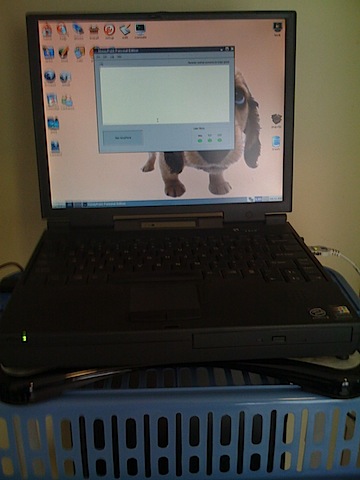Well, the much anticipated 2010 Verizon Data Breach Investigations Report is out, and once again it is an eye-opener! Let me say what a boon these reports are to the infosec community! Verizon and their team are to be praised and congratulated for all their hard work. These reports really help us keep current so we can protect our information from the right threats in the right ways. I know it’s not a large scale study, but I do feel it gives us good indications of trends and threats in the industry.
This particular threat report mainly gives us the data breach picture for 2009. It was compiled from nearly 900 actual incidents and includes a lot of input from the U. S. Secret Service this year. One of the surprising results of this particular report was the 26% increase in data breaches from insiders. It seems that organized cybercriminals are promising money to insiders with access to administrator level credentials. Unfortunately for these naïve inside individuals, it is proving very easy for the authorities to catch them. Also, it seems, the cybercriminals are usually not even paying them as promised! Despite these facts, it is evidently fairly easy to find plenty of insiders that are willing to sell their credentials. Go figure!
There are several ways to help counter the insider threat. The easiest thing you can do right off the bat is to ensure that those with high level access to the system don’t use the same credentials for their administrator and user accounts. You’d be amazed at what a common practice this is! All cybercriminals have to do is bust a few user level accounts and there is a VERY good chance that they will then be able to gain administrator level access. Administrator level passwords should be long, strong and ONLY used for administration purposes.
Another very effective method to counter the insider threat is to use true multi-part authentication mechanisms for administrative level access to the system; especially with very effective mechanisms such as tokens. Employing this practice means that cyber criminals not only have to steal credentials, they also have to get their hands on a token. And even if they do, it only gives them a short time to act; admin tokens are usually missed very quickly. There is also the option to employ biometrics. These can be problematic, but are improving all the time. And effective and reliable biometrics are even harder to overcome than token use.
You might say that good passwords, biometrics, and tokens won’t keep actual system and database administrators from selling out to the bad guys, which is true. However, there are other mechanisms available that can prevent lone bad-actors from compromising the system. One effective practice is management monitoring of high level access. If, every day, managers are looking at who accesses what and when, then the difficulty of stealing or corrupting data goes WAY up! Also, there are applications out there that can send out alerts when high level access is underway.
Another method, and a tried and true one, is the use of dual controls. If it takes two individuals to access systems, then cybercriminals have to corrupt two individuals and it becomes even easier for the authorities to figure out who the rats are. I don’t recommend this control except for very high value assets. The downside is that it’s a hassle to implement. There ALWAYS has to be at least two individuals available at all times or access becomes impossible. There are vacations, lunches and breaks to consider, and what happens in true emergencies such as floods, snow storms and the like? But this is a control that has been in use since long before computer systems were in place and it has proven to be very reliable.
These certainly aren’t all of the controls available to help counter the inside threat. I’m sure that you can come up with some others if you give it a little thought. But used individually, or even better, in combinations, should go a long way in protecting your data from the bad guys within!

